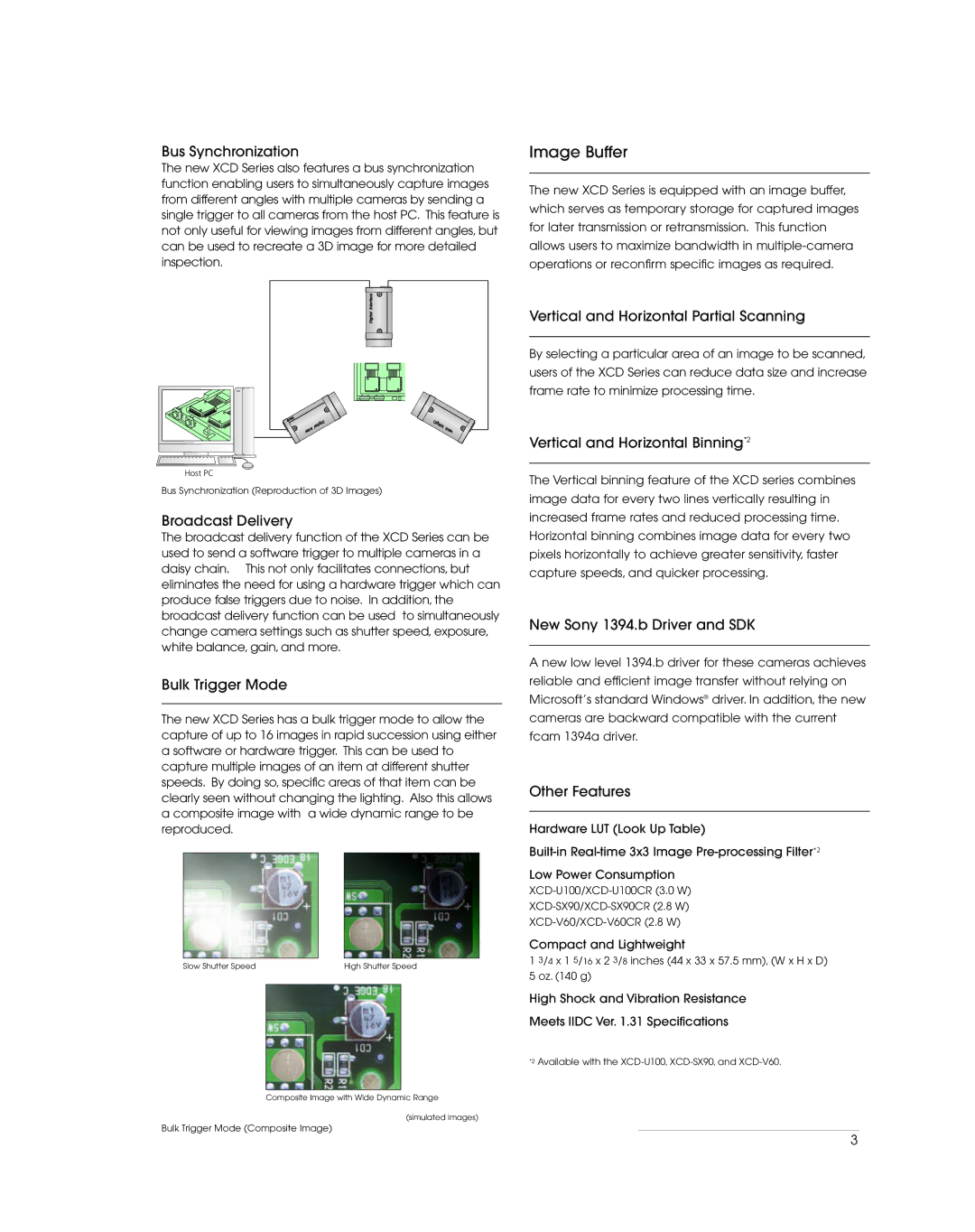IEEE 1394.B specifications
Motorola's contribution to the IEEE 1394.b standard revolutionized the way devices communicated with each other, facilitating high-speed data transfer in various applications. The IEEE 1394.b, commonly known as FireWire or i.Link, is an advanced version of the original IEEE 1394 standard, which aimed to provide a seamless and efficient communication interface for multimedia devices.One of the standout features of IEEE 1394.b is its data transfer rate. While the original specification supported speeds up to 400 Mbps, IEEE 1394.b increased this capability significantly to 800 Mbps and beyond. This high-speed transmission allows for the connection of multiple devices, such as digital cameras, hard drives, and printers, creating a flexible and expandable network.
The technology supports a peer-to-peer communication model, allowing devices to communicate directly without the need for a central controller. This architecture promotes efficient data exchange, making it ideal for environments with multiple connected devices. Moreover, the standard includes dynamic bandwidth allocation. This means that the available bandwidth can be intelligently distributed among connected devices based on their current needs, optimizing performance across the network.
Another noteworthy characteristic of IEEE 1394.b is its hot-swappable nature. Users can connect and disconnect devices while the system is powered on without experiencing any interruptions or device failures. This feature enhances usability, especially in settings where devices frequently need to be added or removed.
In terms of physical characteristics, IEEE 1394.b uses a variety of connector types, including the 6-pin and 9-pin connectors, for different applications. The cabling can also extend longer distances than previous standards, with devices able to be connected up to 100 meters apart using optical fiber cables, facilitating greater flexibility in device placement.
Furthermore, the IEEE 1394.b standard improves power management capabilities. Devices can draw power through the FireWire connection, simplifying setups by reducing the number of necessary power supplies. This power delivery not only streamlines connections but also contributes to a decreased need for bulky power adapters.
In summary, Motorola's role in developing the IEEE 1394.b standard has had a lasting impact on data communication technology. Its high-speed transfer capabilities, peer-to-peer architecture, hot-swappability, flexible cabling options, and efficient power management make IEEE 1394.b a versatile choice for a wide range of multimedia applications. The standard continues to serve as a vital part of device connectivity, especially in professional and consumer electronics.

